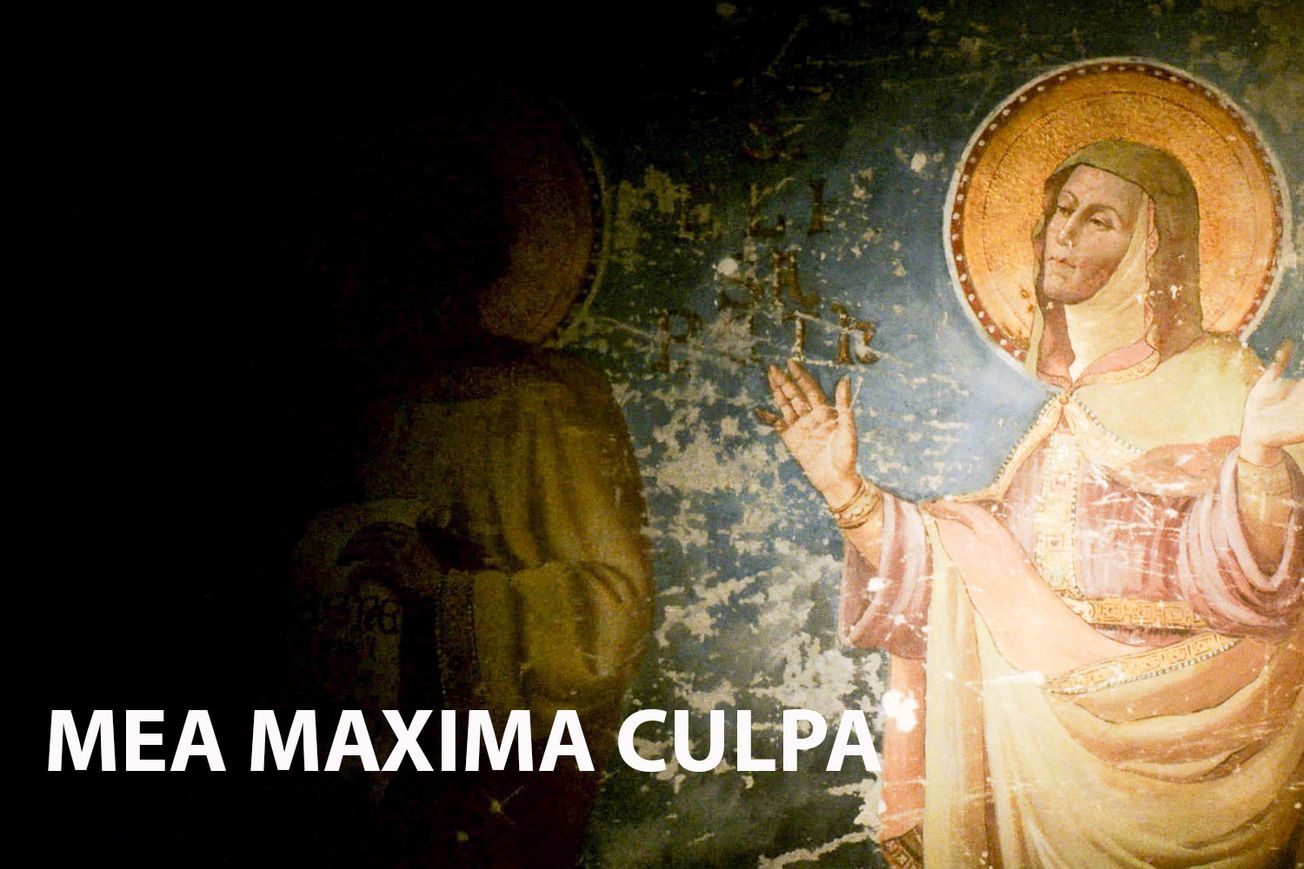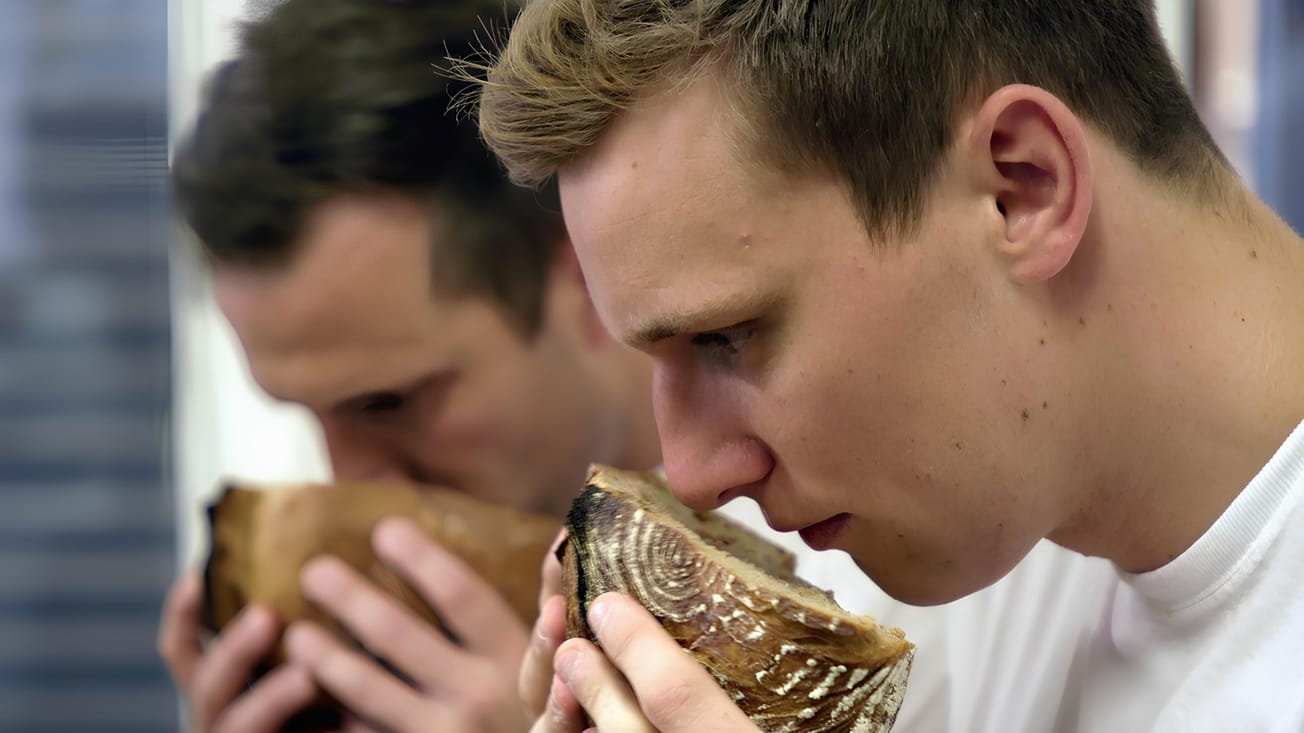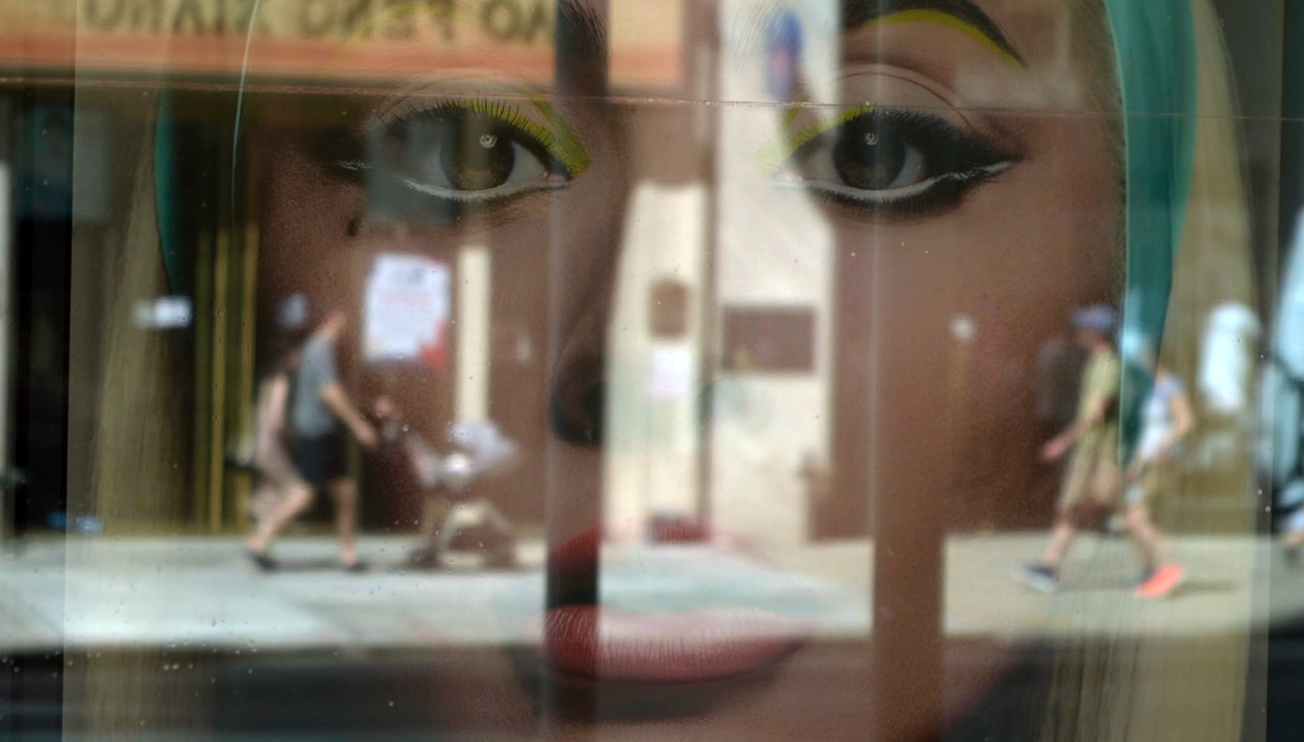Keywords: Catholic Church, Sexual Abuse, Scandal, Cover-up, Protest, Vatican, Alex Gibney., Three words summary: Revealing, Courageous, Alarming.
Introduction
Acclaimed director Alex Gibney released "Mea Maxima Culpa: Silence in the House of God" in 2012, a hard-hitting documentary exploring the deeply controversial issue of pedophilia within the Catholic Church. As society grapples with the ongoing challenge of child abuse, this documentary is more relevant than ever, shedding light on the difficult truths of institutionalized silence and cover-ups.
Synopsis
"Mea Maxima Culpa: Silence in the House of God" follows the journey of the first known protest against clerical sexual abuse in the United States, leading all the way to the Vatican.
More Film Analysis
Analysis
Gibney adopts an investigative approach, digging deep into the layers of secrecy shrouding the Catholic Church. His thorough research and probing interviews reveal the extent of the cover-ups and the systemic failure to protect the innocent.
Historical and Factual Context
The film provides an in-depth look into the Catholic Church's handling of sexual abuse cases, including the infamous case of Father Lawrence Murphy, a priest at a school for deaf children in Milwaukee who abused more than 200 children in the 1950s and 1960s.
Key themes in the film
- The power and danger of institutional silence
- The courage of survivors speaking out
- The need for accountability and transparency within religious institutions
Film Comparisons
While other documentaries on iWonder also tackle challenging topics, "Mea Maxima Culpa: Silence in the House of God" stands out for its unflinching examination of the Catholic Church and its systemic failings.
Noteworthy Moments
One particularly impactful moment is the survivors' courageous confrontation of the Church, an institution they once revered.
Reviews
With an IMDb score of 8 and numerous awards, including 3 Primetime Emmys, the film has garnered critical acclaim for its brave storytelling and compelling narrative.
Conclusion
"Mea Maxima Culpa: Silence in the House of God" is a must-watch for anyone interested in social justice, institutional failings, and the power of individual resilience. It serves as a stark reminder of the importance of accountability and transparency in all institutions, religious or otherwise.
More film information:
FILM SUMMARY
- IMDb score: 8
- Rotten Tomatoes score: 98%
- Metacritic score: 73
- Film festival awards: Won 3 Primetime Emmys. 7 wins & 8 nominations total
PERSONALITIES
- Alex Gibney: Acclaimed documentary filmmaker.
- Father Lawrence Murphy: Accused priest in the documentary.
LOCATIONS
- Milwaukee: Location of the deaf school where abuse took place.
- Vatican: The heart of the Catholic Church.
Key questions raised by the film:
- How could the Catholic Church have allowed these atrocities to happen?
- What changes should be made to prevent such abuse in the future?
- How can survivors find justice and healing?
Links for Further Exploration
I wonder what the film would be in another art form



- A famous book, it would be "Spotlight" for its unflinching examination of institutional abuse.
- A famous song, it would be "Sound of Silence" by Simon & Garfunkel - representing the silence of the Church and the cries of the victims.
- A famous piece of art, it would be Picasso's "Guernica" - a stark depiction of suffering and horror.
- A famous celebrity, it would be Tarana Burke - the founder of the #MeToo movement, echoing the film's themes of speaking out against abuse.
- A colour, it would be grey - representing the dark, hidden secrets of the Church.
- A music style, it would be a mournful symphony - reflecting the deep pain and sorrow encapsulated in the film.








